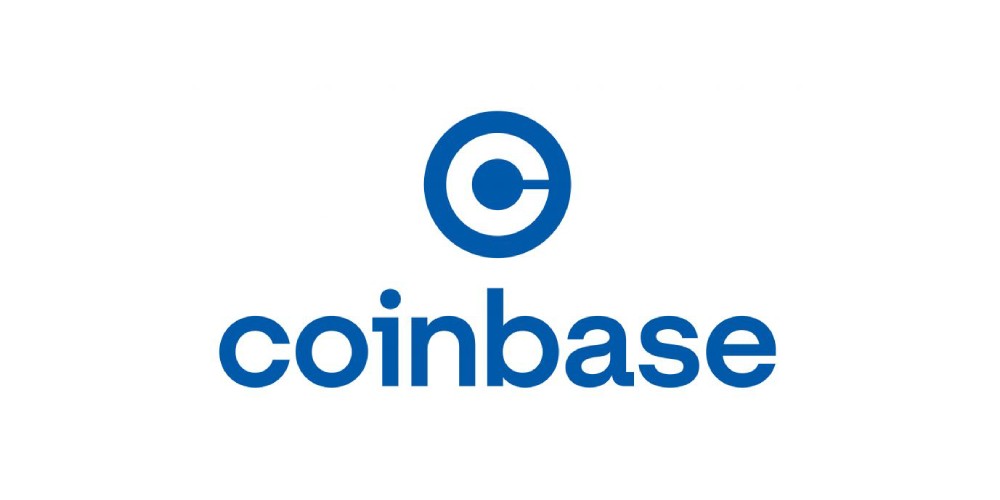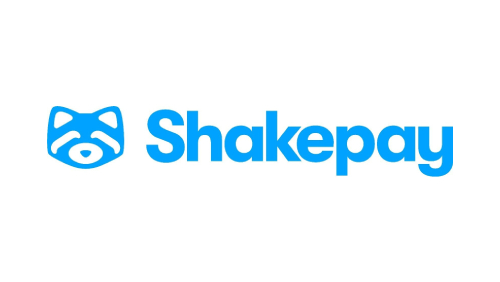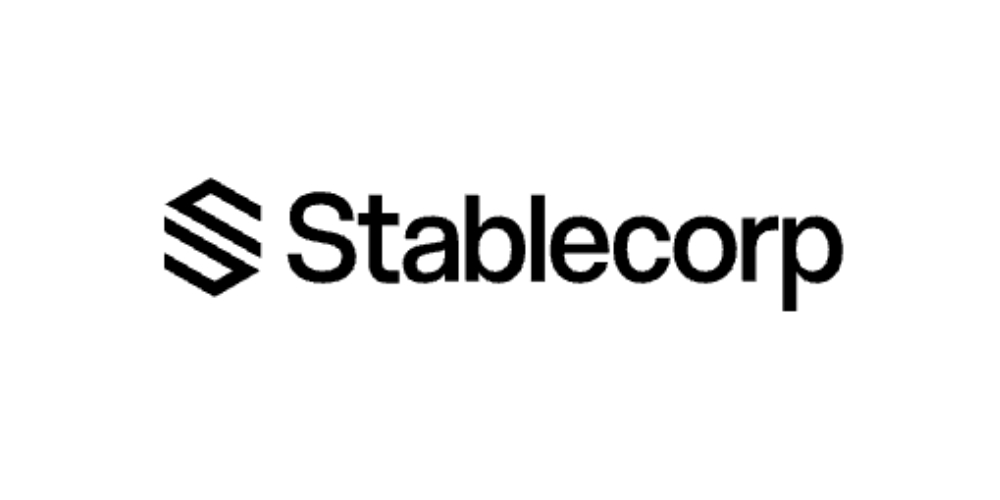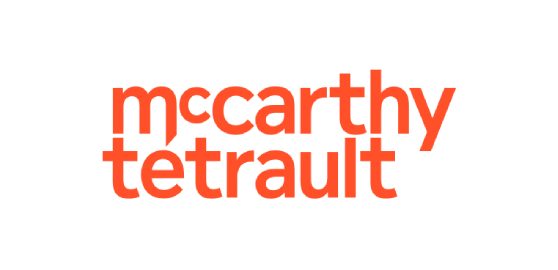Stablecoins in Canada: The Opportunity
Abstract: The Stablecoin panel brought together industry leaders to examine why Canada, despite its early fintech leadership, continues to lag in stablecoin adoption. Moderated by Lori Stein (McCarthy Tétrault), the discussion featured Alex McDougall (Stablecorp), Eric Richmond (Shakepay), and Lucas Matheson (Coinbase Canada), who outlined both the promise and regulatory paralysis facing Canadian stablecoins. While global infrastructure for digital assets has advanced significantly—with use cases ranging from remittances to embedded finance and AI-driven payments—Canada remains stalled by regulatory ambiguity and jurisdictional confusion. Speakers stressed the urgency of establishing even a basic federal framework to prevent economic and innovation losses. With CAD being one of the world’s most traded currencies, they warned that without action, Canada risks losing its fintech edge to more agile jurisdictions. The message was clear: the opportunity is still open—but not for long.


Lori Stein: Welcome, and thank you for joining us. I’m Lori Stein, co-head of the FinTech Group at McCarthy Tétrault. Today, I’m joined by an all-star panel of stablecoin leaders. Alex McDougall is President of Stablecorp, working on Canada’s first CAD-backed stablecoin, QCAD. Eric Richmond is General Counsel at Shakepay. And Lucas Matheson is the head of Coinbase Canada. We’re here to discuss where stablecoins are headed in Canada, especially in relation to traditional finance.
Recent developments in the U.S. — like the Genius Act and discussions around a bank-owned stablecoin consortium including JPMorgan, Wells Fargo, and Bank of America — show growing momentum. But what’s happening here in Canada? Let’s find out.
Alex McDougall: We’ve been working on QCAD for six years, and while the core thesis hasn’t changed—instant, global, low-cost payments—the infrastructure around digital assets has matured significantly. The biggest use cases remain: cross-border payments, remittances, and FX. The backend of traditional banking is still built on outdated systems. Digital assets offer globally harmonized, instant settlement. What’s missing is a user-facing experience that matches the efficiency of services like TransferWise.
We’re now close to market launch thanks to our partnership with Coinbase. On-chain FX, regulatory integrations, and partnerships with Canadian players have come a long way.
Lucas, why did Coinbase decide to support a Canadian dollar stablecoin, especially given its existing partnership with Circle and USDC?
Lucas Matheson: From a global perspective, stablecoins offer major opportunities to reduce FX margins. Canada lacks a CAD-denominated stablecoin despite demand. Stablecorp is furthest ahead in the space, making them a natural partner. Stablecoins also offer programmability — you can automate transactions and build new financial products. Canada needs this infrastructure if it wants to keep pace.
Eric, as a longtime counsel in this space, what’s held us back in Canada from launching a CAD stablecoin?
Eric Richmond: Canada was once a global leader—we launched the first Bitcoin ETF and created crypto platform regulation. But since then, we’ve seen regulatory silence. There’s a misconception that crypto is “done.” Yet stablecoins present real-world solutions, especially for payments.
The biggest issue: Canadian securities regulators have essentially treated stablecoins as securities, which makes them unusable for everyday transactions. Payments can’t be securities. We need clear leadership from the federal government—this is about affordability, merchant savings, and financial inclusion.
Visa has been actively exploring stablecoin payments, even tracking global activity on a public dashboard. Beyond payments, Alex, what are some additional use cases for capital markets?
Alex McDougall: Programmatic commerce and embedded finance are huge opportunities. Today, most credit models assume you need a Canadian bank facility. With stablecoins, you can tap credit from anywhere in the world, FX-swapped in real-time, and settled instantly. That changes everything—from Buy Now, Pay Later to roaming telecom charges and AI-driven transactions.
A stablecoin is a machine-speed dollar for a machine-speed economy. Without it, we limit what AI and automation can do.
Lucas, what’s your take on stablecoins issued by crypto-native players like Circle versus traditional banks?
Lucas Matheson: It’s about distribution. Banks control most of the capital and customer relationships. But private issuers like Circle innovate faster. We want both types to coexist. What we don’t want is 100 different USD stablecoins without a CAD equivalent. Canada needs its own stablecoin strategy, or we’ll be left behind.
Eric, Shakepay has long focused on Bitcoin. Why move into stablecoins now?
Eric Richmond: Our mission is to help Canadians build long-term wealth through Bitcoin. But we also want to be embedded in the payments system. We’re now a CIRO dealer and a member of Payments Canada. We just launched USDC as a payment rail—it enables instant 24/7 transfers, unlike traditional bank wires. Stablecoins add powerful new tools to our platform.
Regulatory change is key. Alex, what do you want to see from regulators?
Alex McDougall: We don’t need perfection—we need something. An interim framework, like what’s been done in the U.S., Europe (MiCA), and Singapore, gives us a path forward. Right now, we’re stuck in a gray zone with no dialogue. We need leadership at Finance Canada willing to consult, experiment, and iterate. Regulation doesn’t have to be final—just functional.
Lucas, what would meaningful government engagement look like?
Lucas Matheson: We’ve built strong cross-party relationships over the years. We’ve launched Stand with Crypto, which now has 30,000 Canadian advocates. But we still lack a federal crypto strategy—or even a designated lead. Globally, countries are appointing crypto ministers or czars. Canada needs to do the same and bring crypto into the top 10 policy priorities.
I’ve heard that after the FTX collapse, no federal or prudential regulator in Canada wanted to take ownership of crypto—leaving it in the hands of securities regulators by default. So, what’s at stake if this inertia continues? Eric?
Eric Richmond: We’ll fall behind. We’re already seeing that with open banking and real-time rails. The longer we wait, the more talent, investment, and innovation we lose. Stablecoins can improve affordability, but only if we act. If we don’t move within five years, we’ll be five years behind.
Alex McDougall: To put it in perspective, stablecoins settled three times more volume than the Visa network last year—$250 billion and rising. None of that is happening in Canadian dollars. Canada is the fifth-most-traded currency globally, with $300+ billion in U.S. border trade and $10 billion in remittances. Every one of those transactions could be cheaper and faster on a stablecoin rail.
You cannot have a national AI strategy without a national stablecoin strategy. AI needs real-time rails to function. Digital assets must be part of the policy conversation.
Lori Stein: Thank you to all of our panelists. This was a fantastic discussion. Let’s hope it helps push the conversation forward.
10 Key Insights from the panel:
-
Canada Lags Despite Early Leadership
Although Canada pioneered initiatives like the first Bitcoin ETF and crypto platform regulation, regulatory stagnation has left stablecoin development behind compared to the U.S. and Europe. -
Stablecoins Solve Real Problems—But Regulation Blocks Usage
Canadian securities regulators treating stablecoins as securities makes them unsuitable for everyday use. Clear federal leadership is needed to enable their role in payments and inclusion. -
QCAD and Coinbase Partnership Nearing Launch
Stablecorp’s QCAD, a CAD-backed stablecoin, is close to market launch with backing from Coinbase. It’s positioned to address remittances, FX, and programmable payments. -
Stablecoins Enable Machine-Speed Finance
As Alex McDougall emphasized, stablecoins act as “machine-speed dollars” for a “machine-speed economy,” unlocking automation, AI-driven transactions, and real-time global credit models. -
Urgent Need for Federal Crypto Strategy and Ownership
No federal regulator currently claims ownership of crypto. Panelists called for the appointment of a national crypto lead—similar to approaches in Europe and Asia. -
Programmable Finance is the Next Frontier
Beyond payments, stablecoins enable embedded finance use cases—such as real-time FX settlement, dynamic credit models, and telecom billing automation—none of which traditional rails can support. -
Shakepay Enters Stablecoin Space via USDC
Known for its Bitcoin-first approach, Shakepay is integrating stablecoins like USDC into its platform to enable 24/7 transfers and future-proof its payments strategy. -
Lack of CAD Stablecoin Risks Losing Global Relevance
Canada is the fifth-most-traded currency, yet no CAD stablecoin exists at scale. Without one, Canadians may become dependent on USD stablecoins—undermining monetary sovereignty. -
Call for Interim, Functional Regulation
Canada doesn’t need perfect regulation—just something usable. Other jurisdictions like the U.S. (Genius Act), Europe (MiCA), and Singapore have proven that a flexible, phased approach works. -
Stablecoins are Vital to Canada’s Digital Economy Vision
Canada cannot have a viable AI, fintech, or digital commerce strategy without stablecoin infrastructure. Without action, the country risks falling five years behind global peers in financial innovation.
Sign up for the CLA Finance Summit Series







